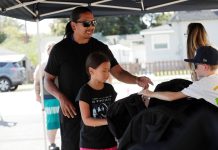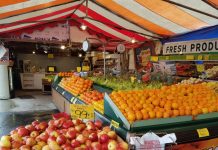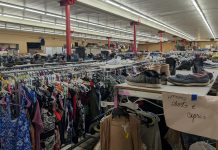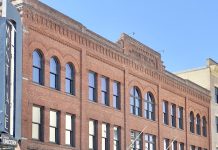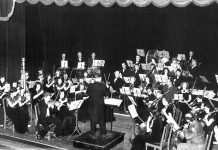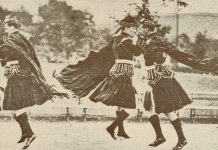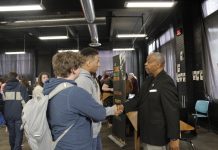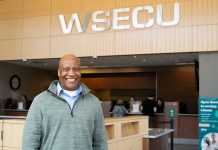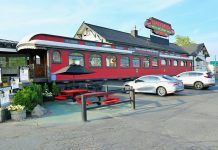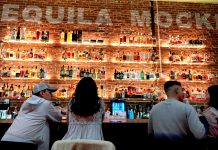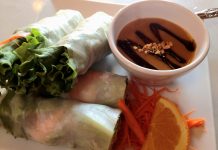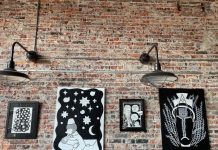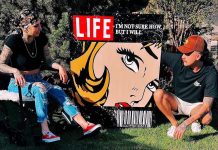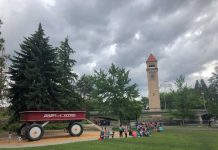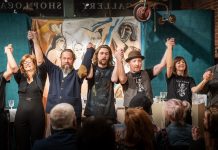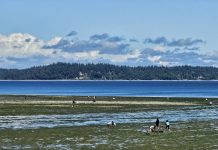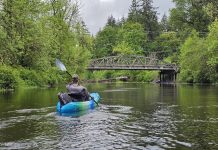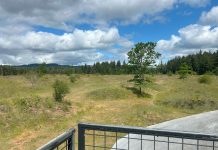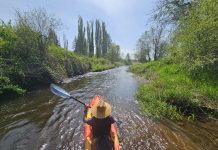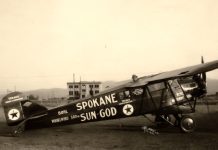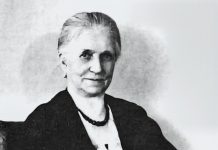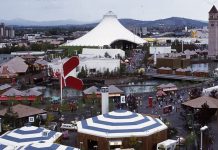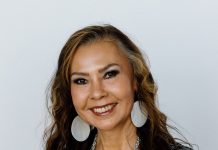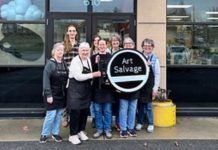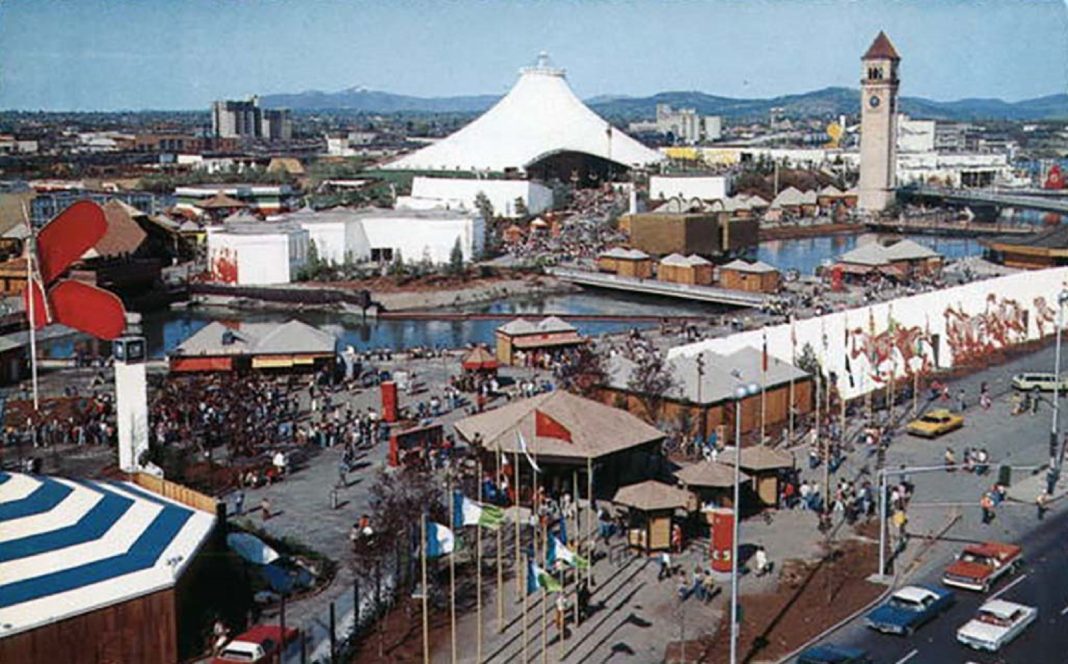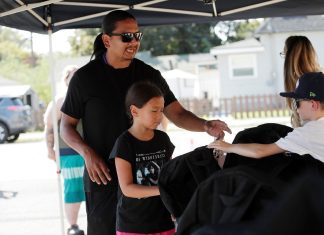Everyone has their own special day to remember. For some, it’s the day they graduate, move to a new city, meet that special someone, buy their first house, and the list goes on.
And these special days go beyond ourselves, such as the United States celebrating its Independence every July 4, Christmas spreading joy to the world every December 24, and on January 1, we welcome a new year and a fresh start.
Spokane is no exception to this rule, with a multitude of its own special days, and we’ve got all of the interesting, fun facts about each and every one!
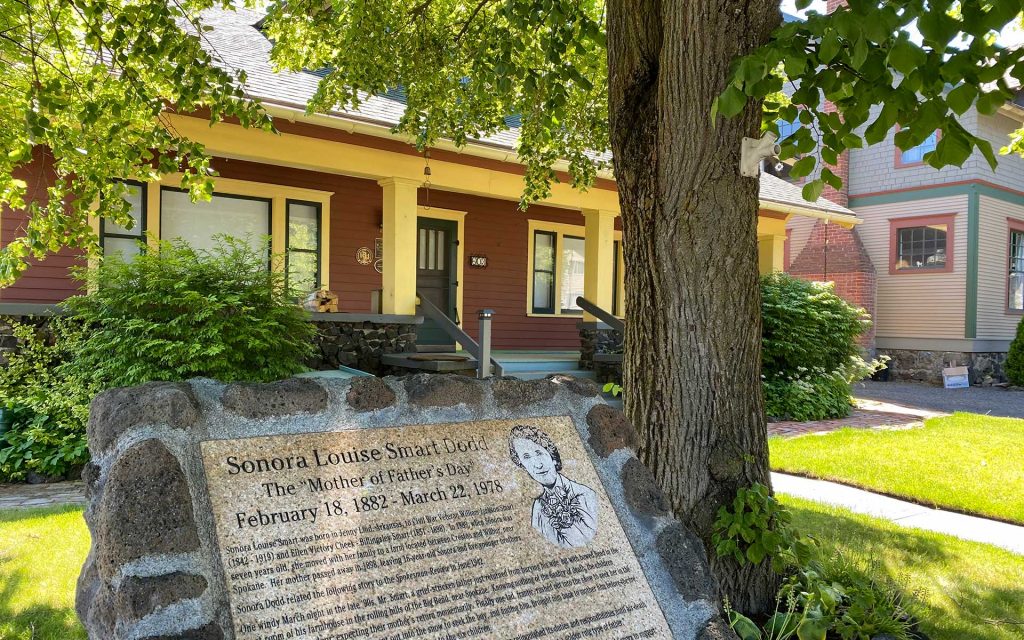
Father’s Day Originated in Spokane
All dads deserve to have their special day, and Spokane native Sonora Smart Dodd couldn’t agree more. Her father was a Civil War Veteran and widower who raised her and her five siblings all on his own in the city in the early 1900s. While listening to a Mother’s Day sermon in 1909, she was inspired to create a day to recognize wonderful fathers like her dad William Smart.
Sonora quickly drafted a petition to create a day honoring great dads like hers. Word quickly spread throughout the city with the help of local organizations like Spokane Ministerial Alliance and the nearby YMCA. Eventually, it reached the mayor of Spokane and the governor of Washington, who both signed proclamations to celebrate the first Father’s Day on June 19, 1910.
For the next 60 years, Sonora advocated for Father’s Day to become a national holiday. Finally, in 1966, President Lyndon B. Johnson signed a proclamation calling for the third Sunday in June to be recognized as Father’s Day. Six years later, President Richard Nixon finally made Father’s Day a permanent holiday, and we’ve celebrated dads on this special day ever since!
As an added fun fact bonus, the Dodd House in which Sonora, her father, and siblings lived from 1913 to 1950 still stands today and was added to the National Register of Historic Places in 2010.
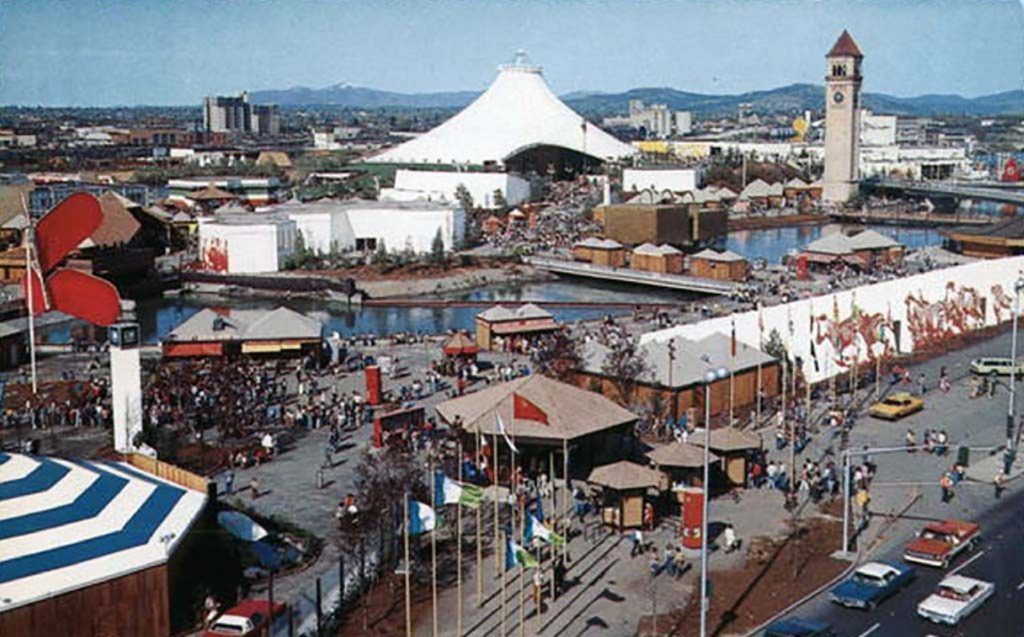
Spokane Hosted the World’s Fair in 1974
By the 1950s, Spokane’s downtown core had begun to empty out due to suburbanization. As a result, the area was cut off from the rest of Spokane thanks to a set of railroad tracks that bisected the city’s heart while simultaneously creating constant traffic jams.
Needless to say, this railroad industrialization was causing massive frustrations among citizens. Before long, discussions for urban renewal were being made in 1959, calling for beautifying what was becoming a train track graveyard. A group called Spokane Unlimited formed and worked tirelessly for the next two decades on urban renewal within the downtown area.
As support for beautification grew, Spokane Unlimited decided to host an event to fund its renewal efforts. The city’s 1973 centennial would be the perfect opportunity for such a cause. However, Spokane would have to go big or go home to fund all of its revitalization efforts.
It was then that the city reached out to the Bureau of International Expositions in the fall of 1970. With positive feedback all around, the bureau was delighted to give Spokane the green light to host what would become Expo ’74.
Renovations to get ready to host the fair were undertaken, with the next three years devoted to transformation, such as converting the Flour Mill into a shopping center for small businesses and vendors. They would see the opening day on May 4, 1974, with President Richard Nixon presiding over the opening ceremony, where he addressed a crowd of some 85,000 people. Over five million people attended. It would be a day for Spokane’s history books as they would be the smallest city at the time to host the World’s Fair and took home the title of being the first environmentally themed World’s Fair.
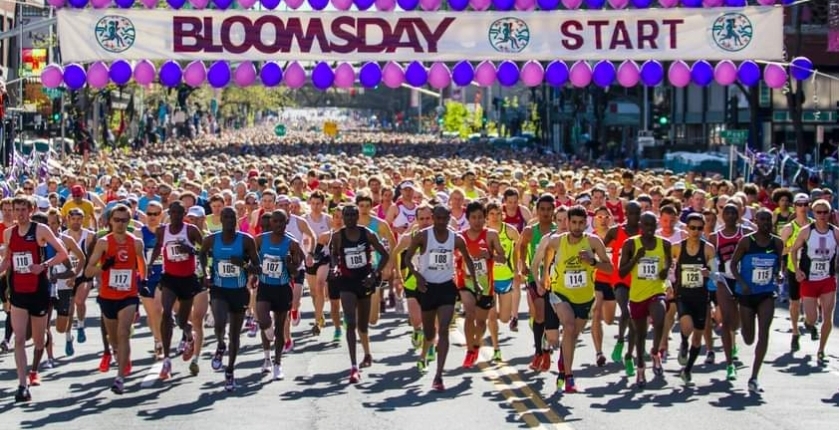
Spokane Created Bloomsday, the Largest Timed Running Race in the Nation
Now known as the Lilac Bloomsday Run, this event has become the largest timed running race in the nation since the first race was run at 1:30 p.m. on May 1, 1977. Spokane enjoyed renewed interest in its downtown area after hosting the 1974 World’s Fair.
Don Kardong moved to Spokane the same year and was an avid runner who competed in several national-class road races before finally landing a spot in the 1976 Olympic Marathon. In the fall of that year, he suggested to a local reporter that Spokane should have a downtown run of its own. The idea quickly made the newspaper’s headlines as a fun run would be optimal for the city to take advantage of the newly renovated downtown and Riverfront Park area following the fair.
Spokane Mayor David Rodgers encouraged Kardong to pursue the idea. Eventually, local Jaycees adopted it as a project, followed by the Medical Service Corporation (now Premera) joining in as the event’s primary sponsor.
When the first run was held, over a thousand runners participated in the inaugural run dubbed “Run With the Stars” in posters around the city announcing the event. First to cross the finish line was Olympic gold and silver medalist Frank Shorter, followed by Herm Atkins of Seattle and then Bloomsday founder Kardong.
Since its debut, the race has continued to grow with the number of runners participating in each Lilac Bloomsday Run, gaining the title of largest timed running race in the nation. The run consistently attracts some of the world’s top competitors, with prize money awarded to top runners.
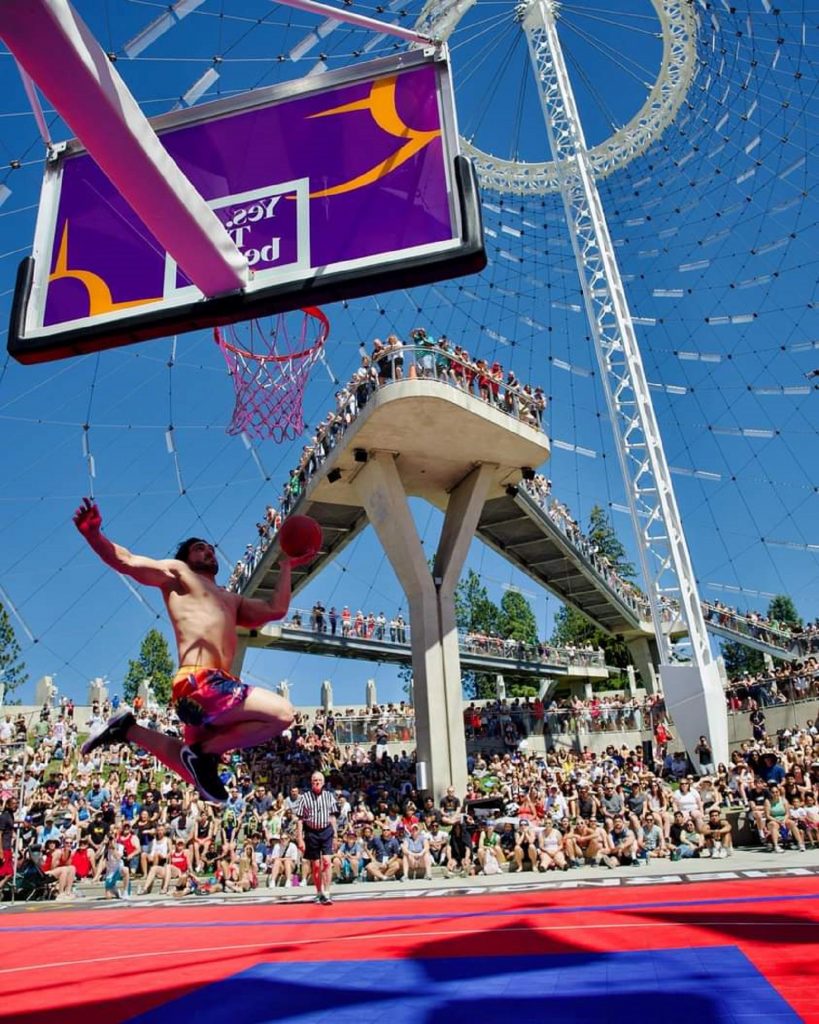
Spokane Hosts Hoopfest, the World’s Largest 3-On-3 Basketball Tournament
Over 60,000 teams, 3,000 volunteers, 225,000 fans, and 425 courts spanning 45 of Spokane’s city blocks make up each year’s Hoopfest celebration in Spokane the final week of June. Talk about some massive numbers!
The now annual 3-on-3 basketball tournament held downtown began in 1990. Back in the late ’80s and early ’90s, 3-on-3 basketball tournaments hardly existed outside of the Midwestern United States. Eventually, two groups in the Spokane region with a love for the game merged together under co-founders Rick Betts and Jerry Schmidt to create the Spokane Hoopfest Association. One of these groups had members from the Midwest who wanted to see the continuance of the 3-on-3 ball play they had back home, and the other group had members trying to raise money for the Special Olympics.
Finding support for the first tournament would not be without its challenges, as Hoopfest wanted to do something no one else had dared do before — shut down the streets of Spokane for two full days of basketball. They took the streets and went door to door, winning the majority of downtown business owners over with the idea as the tournament seemed frugal for business.
The basketball lovers were able to secure a permit, and 36 courts were taped off on the asphalt, with the first Spokane Hoopfest on June 30 and July 1 of 1990. During its first year, the event was such a massive success that the city was happy to have it back again the following summer. Thus began Spokane’s tradition of shutting down its downtown core for the last weekend of June each summer for the world’s largest 3-on-3 basketball tournament, Hoopfest!
Surely, Spokane will have more days for the history books as the years progress, but who knew we already had so many?!

